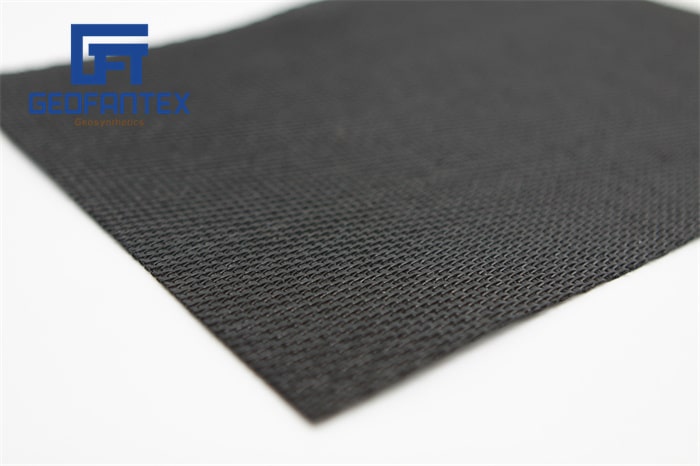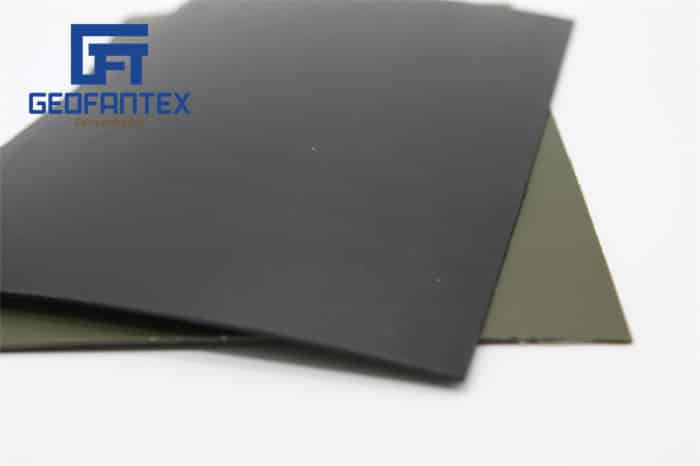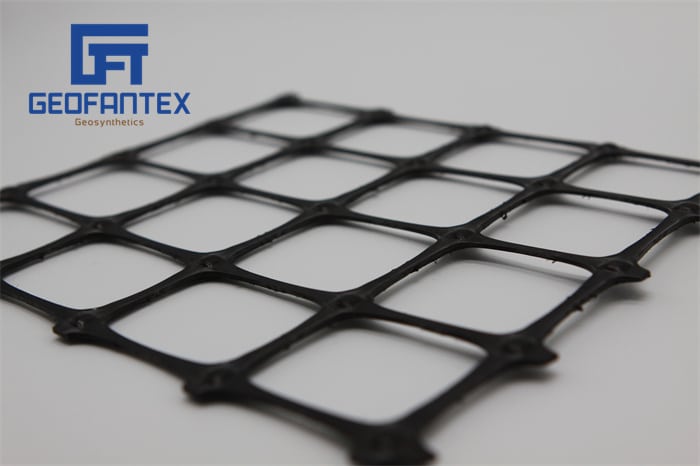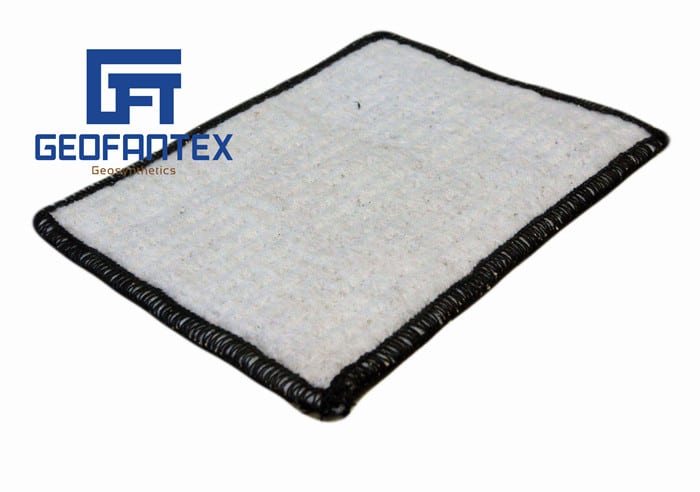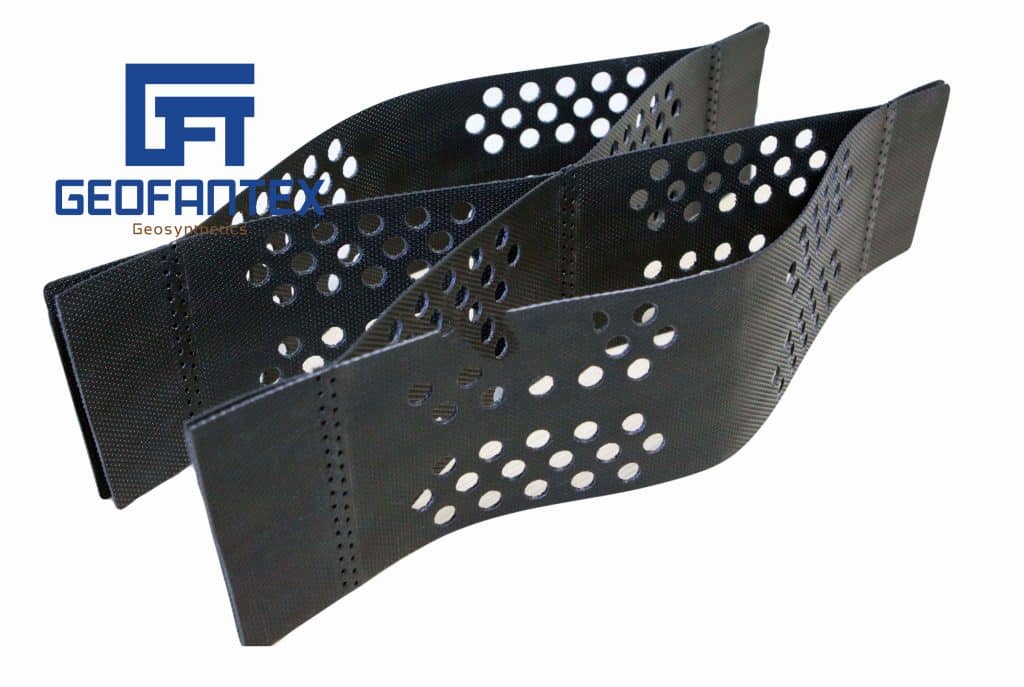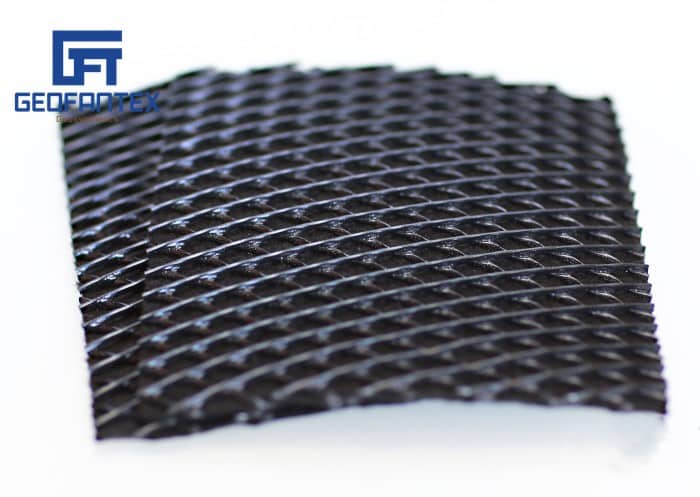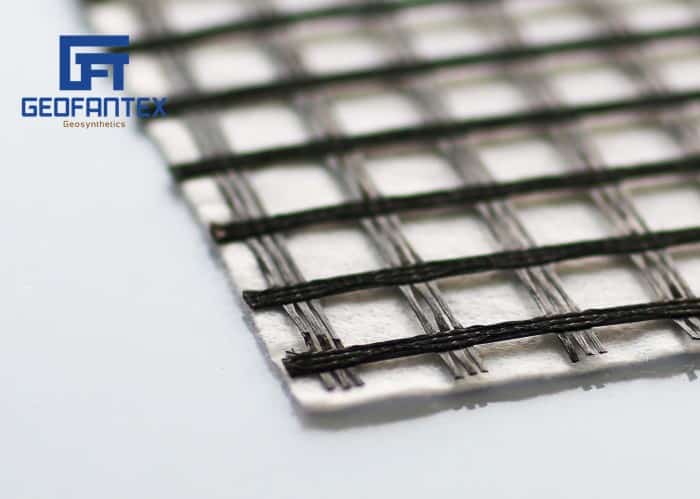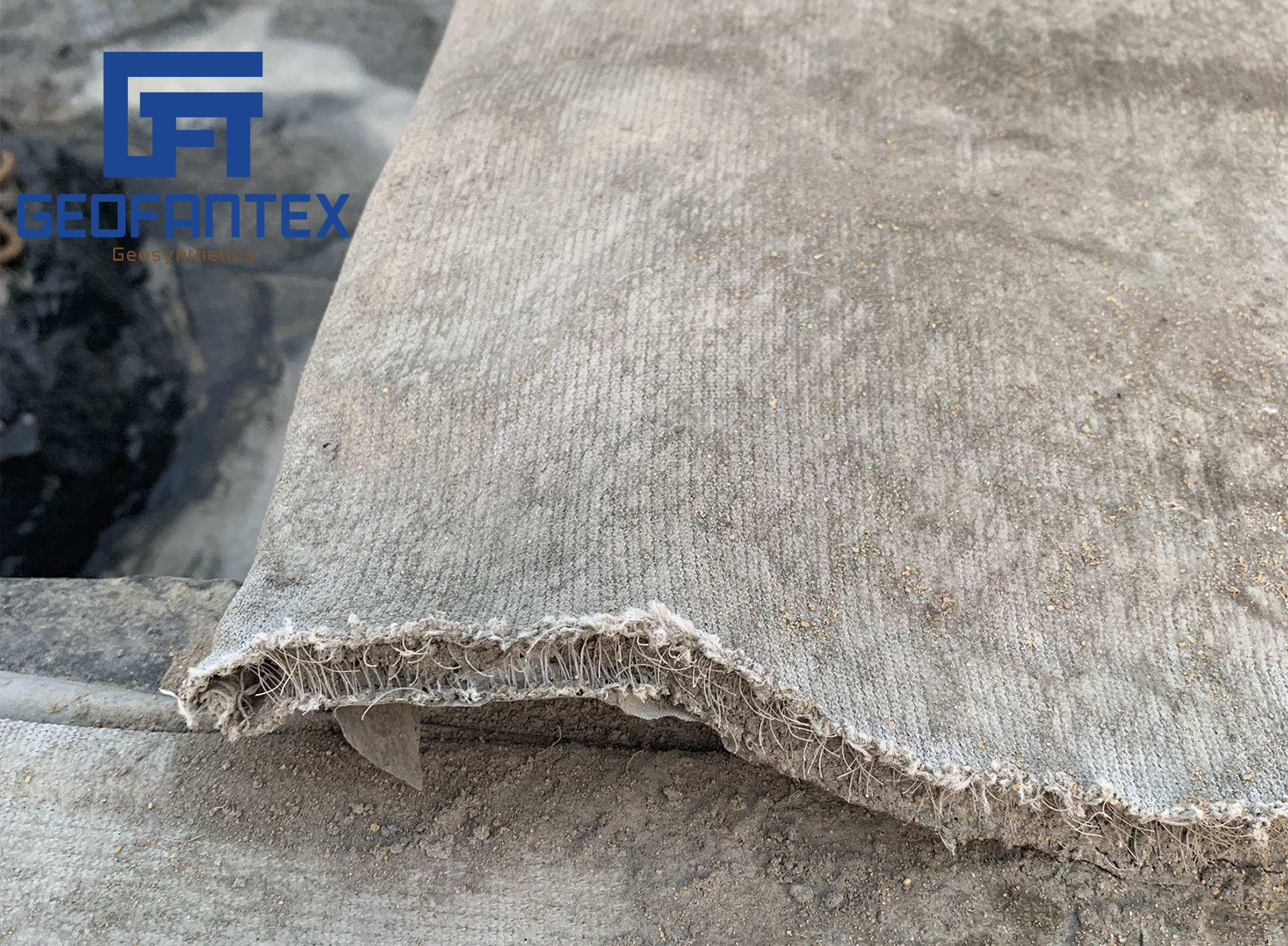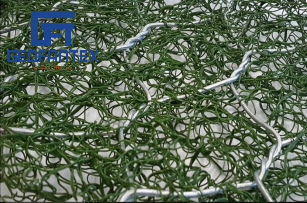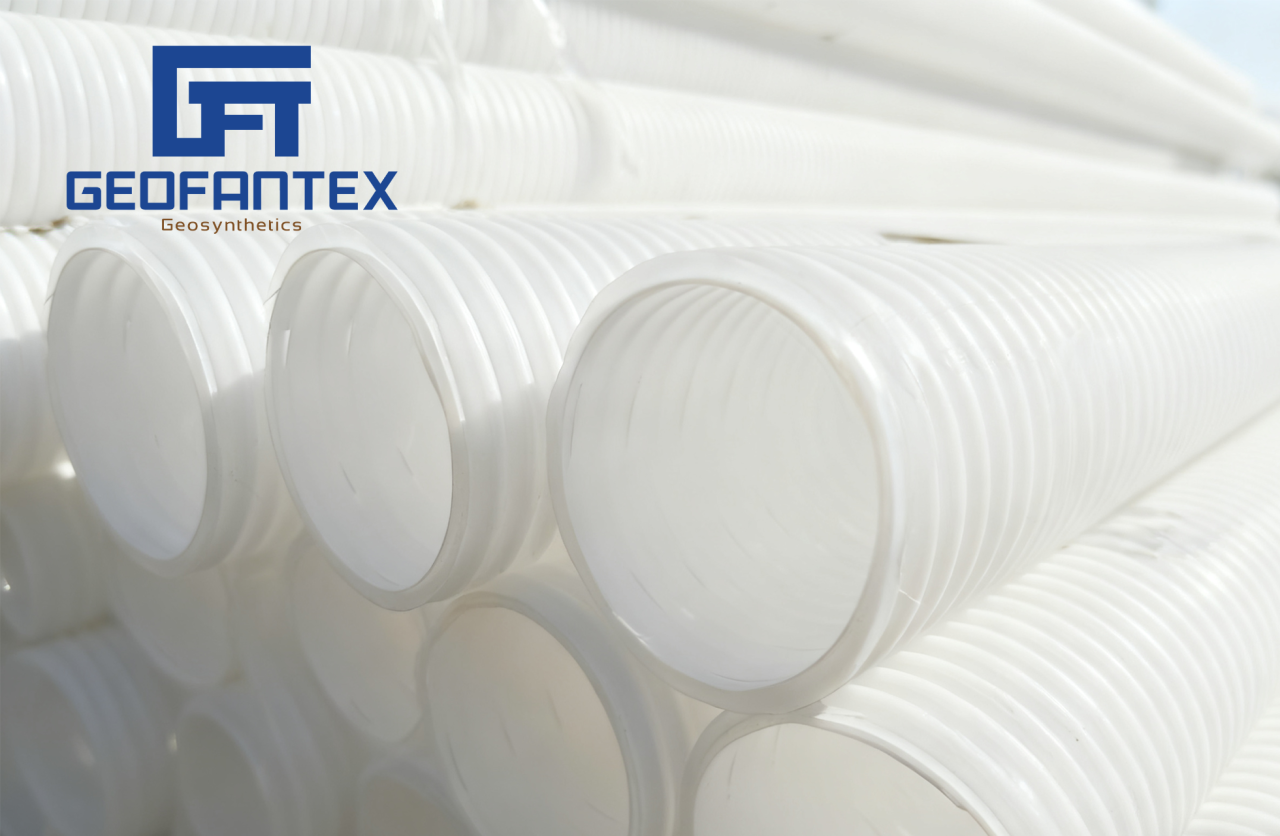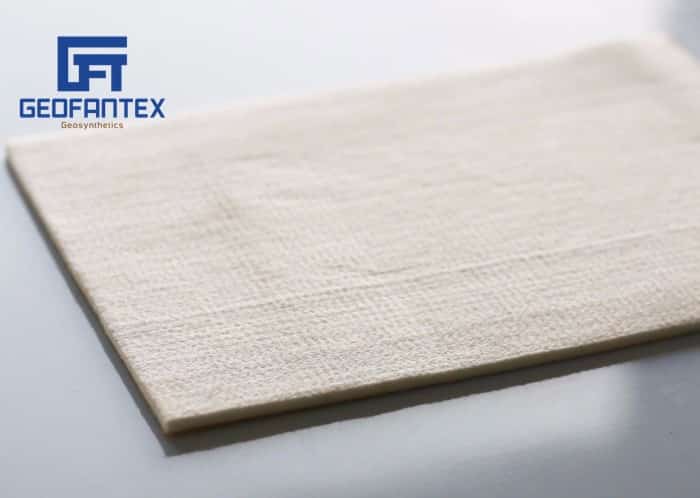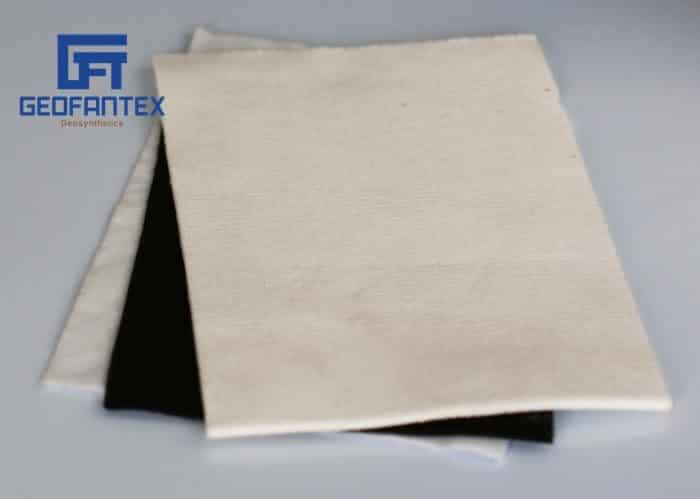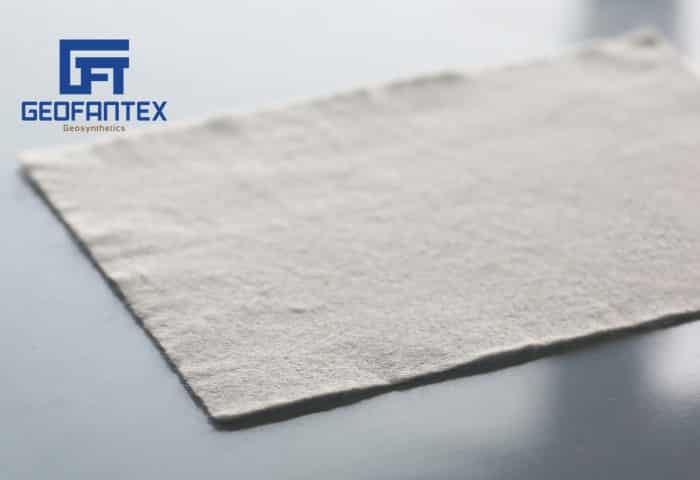+86-159 9860 6917
info@geofantex.com
geofantex@gmail.com
+86-400-8266163-44899
Geosynthetic material is taking center stage in 2025 as governments and industries turn to sustainable solutions for infrastructure, environmental protection, and climate resilience.
Surge in Demand from Green Construction

Across Asia, Europe, and North America, the demand for eco-friendly construction materials is driving new investments in geosynthetics. These materials are now a standard in projects involving erosion control, drainage, and soil stabilization. Civil engineers are increasingly choosing geosynthetic material for its durability, lightweight profile, and environmental benefits over traditional aggregates and concrete systems.
Industry Innovators Launch High-Performance Solutions
Leading manufacturers have recently introduced advanced geomembranes and geocomposites that withstand extreme weather and aggressive chemicals. For example, new heat-resistant liners are being deployed in mining and landfill containment systems, while bio-based geotextiles are entering pilot programs in Europe to support carbon-neutral road construction. These developments demonstrate how innovation in geosynthetic material is helping meet the dual goals of performance and sustainability.

Regulations and Climate Policy Boost Adoption
Supportive regulations, such as the U.S. Infrastructure Investment and Jobs Act and the EU’s Green Deal, are accelerating adoption. Environmental policies now prioritize long-lasting, low-impact materials that reduce maintenance cycles and resource use. Geosynthetics are proving ideal in this context—especially in large-scale public works like levees, rail embankments, and coastal defenses where resilience is key.
As infrastructure becomes smarter and more sustainable, geosynthetic material is proving essential in meeting modern engineering and environmental demands. With a blend of innovation, regulation, and market growth, 2025 is shaping up to be a transformative year for the geosynthetics industry.
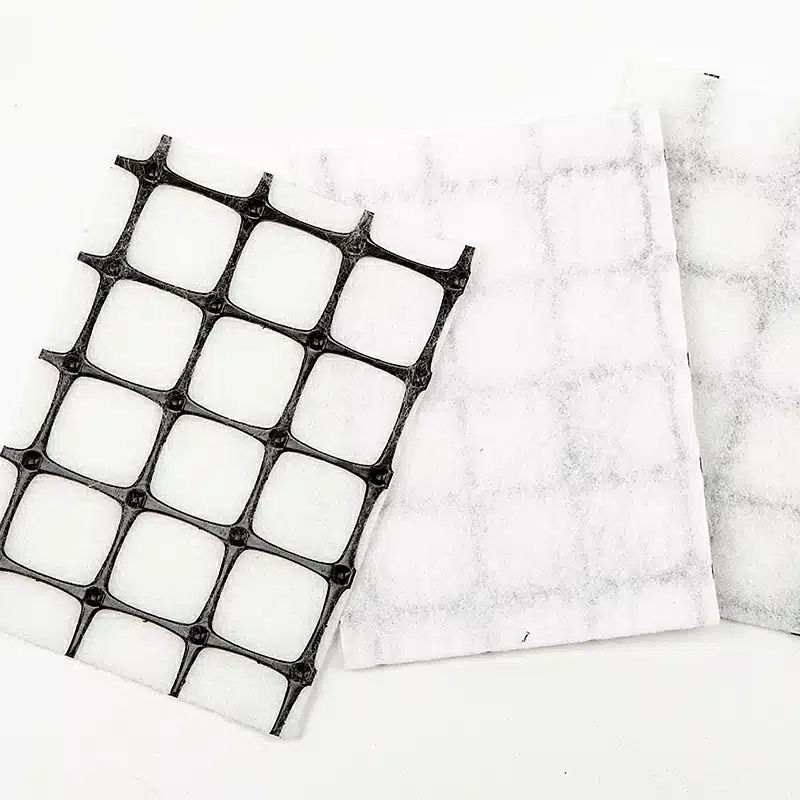

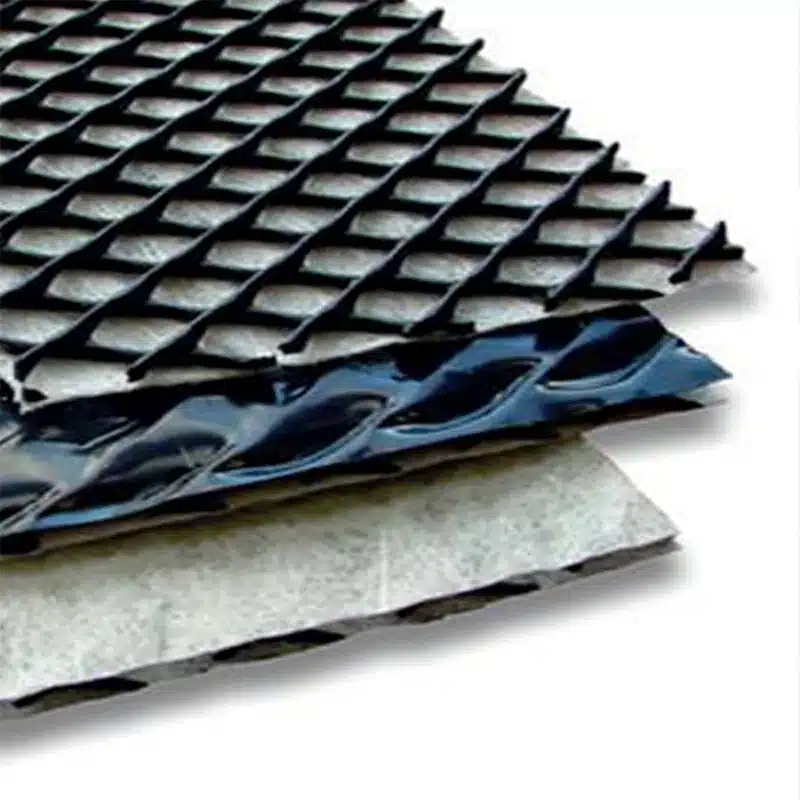
Get Free Sample
We’ll respond as soon as possible(within 12 hours)


